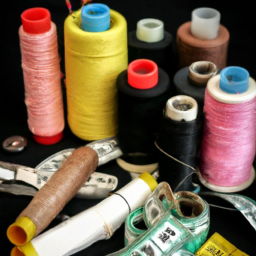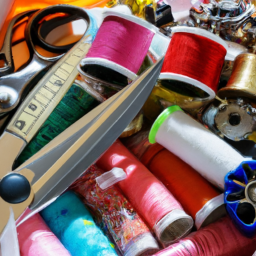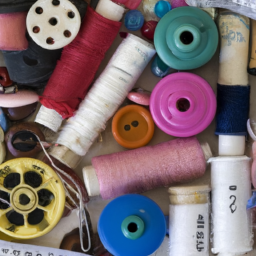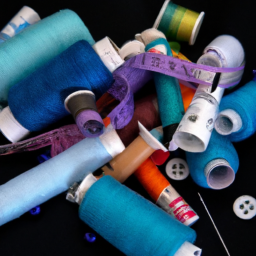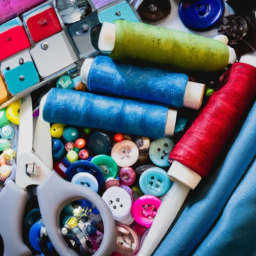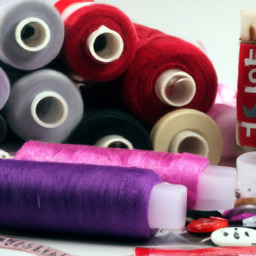
Sewing and Materials

Sewing is the craft of fastening or attaching objects using stitches made with a needle and thread. It is a versatile skill that allows individuals to create unique and personalized items. From clothing to home decor, sewing enables creative expression and the ability to mend and modify fabrics.
The Importance of Quality Materials
An essential aspect of sewing is selecting the right materials. High-quality fabrics and other sewing supplies ensure the durability and longevity of the final product. Here are some materials commonly used in sewing:
- Fabrics: When it comes to fabrics, options are endless. Cotton, linen, silk, wool, and polyester are popular choices. Each fabric has its own characteristics, such as breathability, drape, and stretch. It is important to consider the desired outcome and select a fabric that suits the project.
- Threads: Strong and durable threads are crucial in sewing. Cotton threads are commonly used for general sewing, while polyester threads offer more strength and resilience. The color of the thread should ideally match the fabric or create an intentional contrast, depending on the desired effect.
- Needles: Different types and sizes of needles serve various purposes. Sharp needles are suitable for woven fabrics, whereas ballpoint needles work well with knitted fabrics. The needle size depends on the fabric weight. Using the appropriate needle helps prevent damage to the fabric and ensures smooth stitching.
- Scissors: Good-quality sewing scissors are a must-have. They should be sharp and comfortable to handle. Tailor’s shears are ideal for cutting fabrics, while small embroidery scissors are useful for intricate designs and trimming loose threads.
- Pins and Pin Cushion: Pins are indispensable tools for holding fabric pieces together before sewing. A pin cushion keeps the pins organized and within reach during the sewing process.
- Measuring Tools: Accurate measurements are vital in sewing. A measuring tape and a ruler or a set square should be part of every sewing toolkit. They help to ensure patterns are followed correctly and garments fit well.
Learning and Exploring Sewing Techniques
Mastering sewing techniques allows for endless possibilities in creating unique pieces. Whether you are a beginner or an experienced seamstress, continuous learning and exploration of new techniques are key to enhancing your skills.
There are various sewing techniques to explore, such as:
- Seam Finishes: Finishing seams neatly prevents fraying and adds a professional touch to garments. Techniques include zigzag stitches, French seams, or serging. Each method offers its own advantages and suits different fabric types.
- Appliqué: Appliqué is the process of attaching cut-out fabric shapes onto a base fabric, creating decorative designs. This technique allows for customization and adding personal touches to garments, home decor, or accessories.
- Buttonholes and Zippers: Buttonholes and zippers are essential closures in many garments. Mastering the techniques for creating neat and secure buttonholes and installing zippers ensures functional and polished final products.
- Quilting: Quilting involves stitching together multiple layers of fabric to create a warm and decorative quilted item. It is a time-honored technique that can be applied to blankets, wall hangings, and more.
With the right materials and a willingness to learn, sewing can become a fulfilling hobby or even a profession. Experimenting with different fabrics, techniques, and designs allows for endless creativity and the chance to create items that are truly one-of-a-kind.
